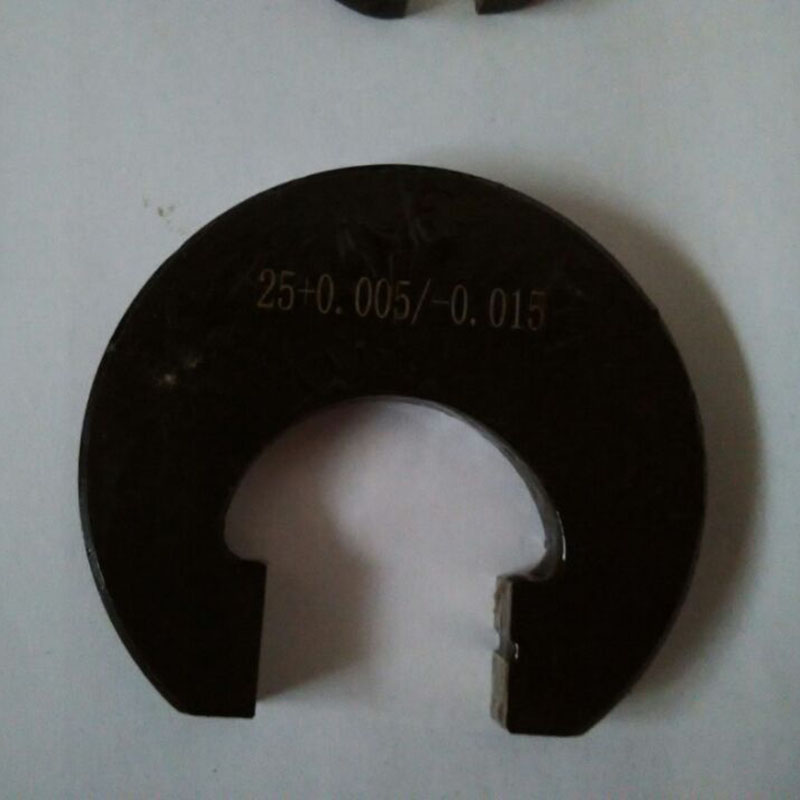Aug . 14, 2024 12:04 Back to list
Various Types of Water Valves and Their Applications in Plumbing and Industrial Systems
Types of Water Valves An Overview
Water valves are crucial components in plumbing and irrigation systems, serving various purposes such as controlling the flow and pressure of water. Understanding the different types of water valves is essential for anyone involved in construction, plumbing, or simply maintaining a home or garden. This article will explore the primary types of water valves, their functions, and where they are typically used.
1. Gate Valve
Gate valves are one of the most common types of water valves used in plumbing systems. They are designed to start or stop the flow of water, operating by lifting a gate out of the way. When fully open, gate valves offer minimal resistance to flow, making them ideal for applications where the valve is either fully open or fully closed. However, they are not suitable for throttling (or controlling flow), as doing so can lead to erosion over time.
These valves are commonly used in municipal water supply and agriculture irrigation systems. The main advantage of a gate valve is its simplicity and ability to handle high flow rates without significant pressure loss.
2
. Globe ValveGlobe valves are known for their ability to control flow more precisely than gate valves. The valve consists of a movable disk that controls the flow of water through a spherical body. Globe valves are effective for throttling, making them suitable for applications where flow regulation is necessary.
These valves are commonly used in applications such as heating systems and water distribution where precise flow control is needed. However, they are not typically used for systems requiring high flow rates, as they create more resistance compared to gate valves.
3. Ball Valve
Ball valves are popular for their ease of use and reliability. They consist of a hollow, perforated sphere (the ball) that rotates against a seat to open or close the flow of water. Ball valves provide a tight seal and are excellent for on/off control. They can be opened or closed quickly, making them ideal for applications where a rapid response is necessary.
types of water valve

These valves are often found in household plumbing, gas lines, and industrial applications due to their versatility and durability. A key advantage of ball valves is their low resistance to flow, which helps maintain pressure and reduces energy costs.
4. Check Valve
Check valves are a type of valve designed to prevent backflow in a piping system. They automatically allow flow in one direction while blocking flow in the opposite direction. This is crucial in preventing issues such as siphoning and contamination of potable water supplies.
Check valves are commonly employed in irrigation systems, pump installations, and drainage systems. They come in various designs, including spring-loaded and ball check valves, allowing for different applications depending on the requirement.
5. Pressure Relief Valve
Pressure relief valves are designed to protect a system from overpressure. They automatically release water or other fluids when the pressure exceeds a certain threshold, helping to maintain safe operating levels in pipes and tanks.
These valves are essential in applications such as hot water heaters and boilers. By preventing excessive pressure build-up, they help avoid bursts and potential system failure.
Conclusion
Choosing the right type of water valve is vital for the efficiency and safety of plumbing and irrigation systems. Each valve type offers unique benefits and is suited for specific applications. Understanding these differences helps users make informed decisions tailored to their needs. Whether for household plumbing or large-scale industrial systems, being familiar with the various water valve types can significantly enhance the effectiveness and reliability of water management.
-
Why Metric Trapezoidal Thread is Ideal for Precision Motion ControlNewsAug.05,2025
-
The Unique Properties of a Block of Granite for Industrial UseNewsAug.05,2025
-
The Role of Flanged Y Strainers in Preventing Pipeline ClogsNewsAug.05,2025
-
The Importance of Regular Calibration for Master Ring GagesNewsAug.05,2025
-
How a Cast Iron Surface Table Enhances Accuracy in ManufacturingNewsAug.05,2025
-
Comparing Different Check Valve Types for Optimal Flow ControlNewsAug.05,2025
Related PRODUCTS









